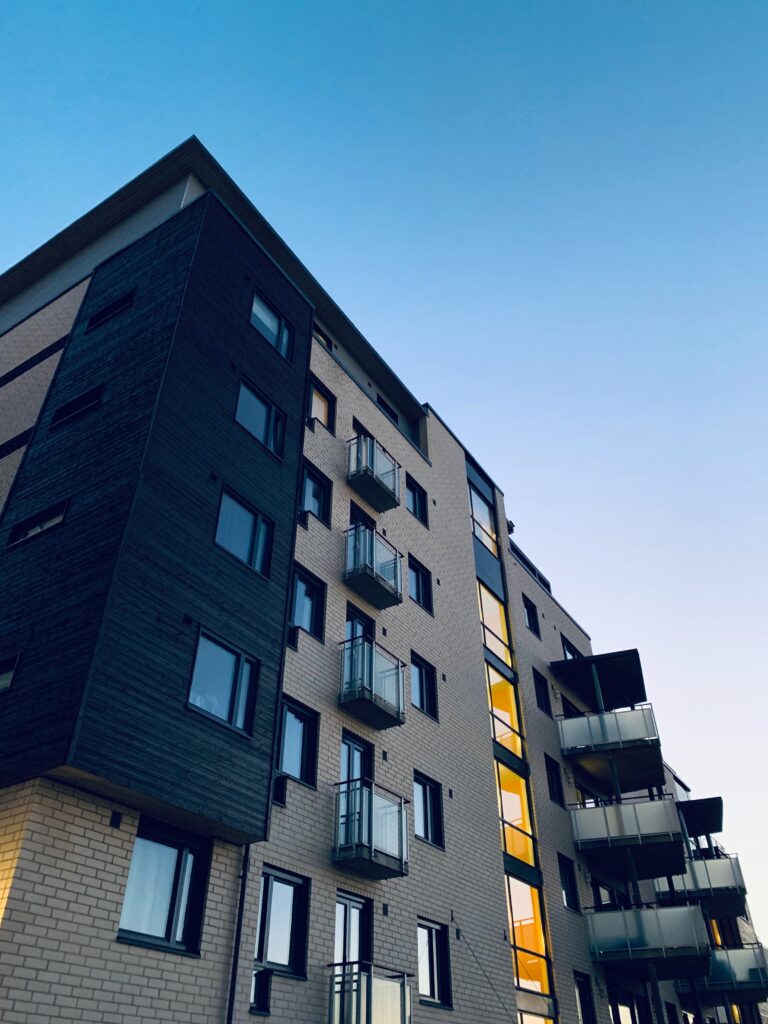Introduction
False ceiling installation errors cannot be underestimated, as they can compromise the overall aesthetic appeal of the space. However, with careful planning, careful consideration of construction elements, and a keen eye for detail, these pitfalls can be avoided. There are several ways to do this, including regular quality checks, investing in light materials, and easy access points for repairs.

Table of Counts
- Common False Ceiling Design Mistakes
- Using Incompatible Materials
- Lack of a Strong Foundation
- How to Overcome False Ceiling Design Errors
- Solve False Ceiling Design Errors
A false ceiling, also called a drop or suspended ceiling, is a secondary ceiling installed below the main concrete ceiling. It hides structural elements. Improves sound. Provides space for lighting and ventilation. However, false ceiling design flaws compromise the intended benefits.
This can lead to aesthetic and functional problems. Therefore, it is essential to avoid basic false ceiling design errors with proper installation and adherence to standard materials. In this article, we will tell you about common false ceiling design mistakes, how to avoid false ceiling design mistakes, how to fix false ceiling design mistakes, and more.
Common False Ceiling Design Mistakes
- Inadequate plan:
The first and most important false ceiling design flaw is improper planning. A false ceiling that does not match the design of the room can overwhelm the interior due to a lack of solid planning. Failure to consider key components such as lighting placement, room acoustics, or HVAC systems can lead to a design that lacks functionality and sustainability.
- Ignoring the proportions of the room
Avoiding the proportions of the room can lead to a false ceiling. It is perceived as limited or unequal. It is important to check the size and height of the room to create a design that maximizes the space rather than making the room feel cramped.
Using Incompatible Materials
Choosing materials without considering the aesthetics of the room can lead to false ceiling design errors. Using materials that don’t align with the environment or clash with the overall theme can impact longevity.
Overlooking the height of the false ceiling design can disturb the visual appeal of the space. Not having enough height can create a confined atmosphere, making rooms feel small. Correctly calculating the height ensures that the false ceiling is perfectly aligned with the entire structure. Resulting in a spacious and aesthetically pleasing environment.
Lack of a Strong Foundation
A weak foundation base is important for the most common false ceiling design flaws. Failing to check the load-carrying capacity and choosing the wrong materials will eventually cause the false ceiling to collapse. Therefore, it is important to emphasize a strong foundation to ensure the safety and durability of the false ceiling.
How to Overcome False Ceiling Design Errors
Now let’s see how to fix false ceiling design flaws. By knowing a few things, we can ensure that the investment is not a waste.
- Plan carefully, considering lighting, acoustics, and HVAC systems. Consult experts for expert guidance.
- Take the advice of interior designers or architects. They can provide insights and prevent common pitfalls.
- Measure the room accurately. Create a false ceiling to maximize the available space.
- Place lights strategically for optimal illumination. Make sure they complement the overall design.
- Choose materials that align with the room’s aesthetic and purpose.
- Avoid unfavorable combinations.
- Account for ventilation, wiring, and other functional elements.
- Inspect the installation periodically to detect any defects early.
Solve False Ceiling Design Errors
- An interior designer should be consulted for expert solutions.
- They can identify design flaws and provide solutions.
- The initial design should be revisited, and specific problem areas identified. Adjust accordingly.
- Modify light fixture positions if necessary and ensure proper lighting.
- If ingredients are not compatible or incorrect, consider alternatives.
- Address any functional problems (e.g. poor acoustics, inadequate ventilation).
- Make the necessary changes to improve aesthetics and functionality.
- Work with contractors to correct defects. Assess the false ceiling condition regularly.
Also read: Are You Familiar with What to Check Before Buying a Flat?